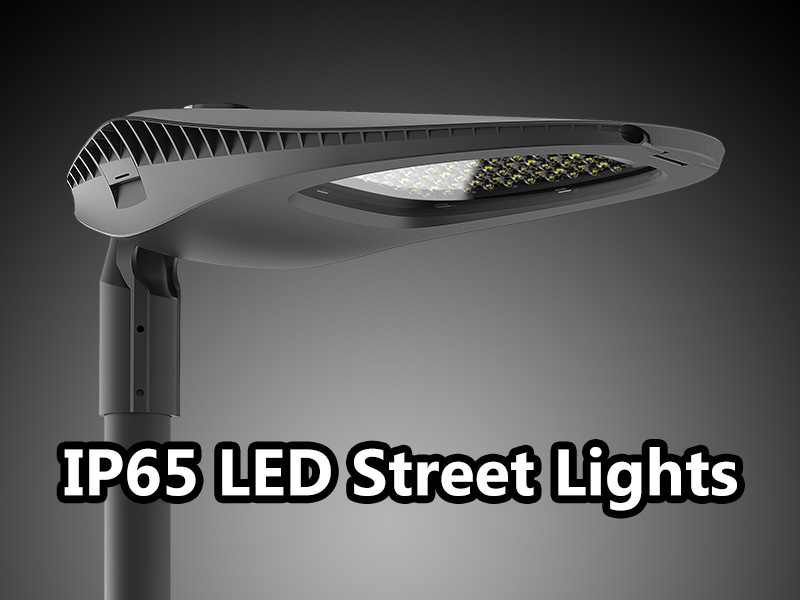
LED street light retrofit: Mason’s 180W LED Street Light
LED street light retrofit: Mason’s 180W LED Street Light At Mason, we’re dedicated to crafting top-notch LED lighting solutions that combine innovation with reliability. Today,
We are committed to leading innovation in light technology, offering professional and efficient LED street lighting solutions that meet the diverse needs of our customers. Our goal is to build a globally recognized brand while taking responsibility for illuminating a brighter future for all.
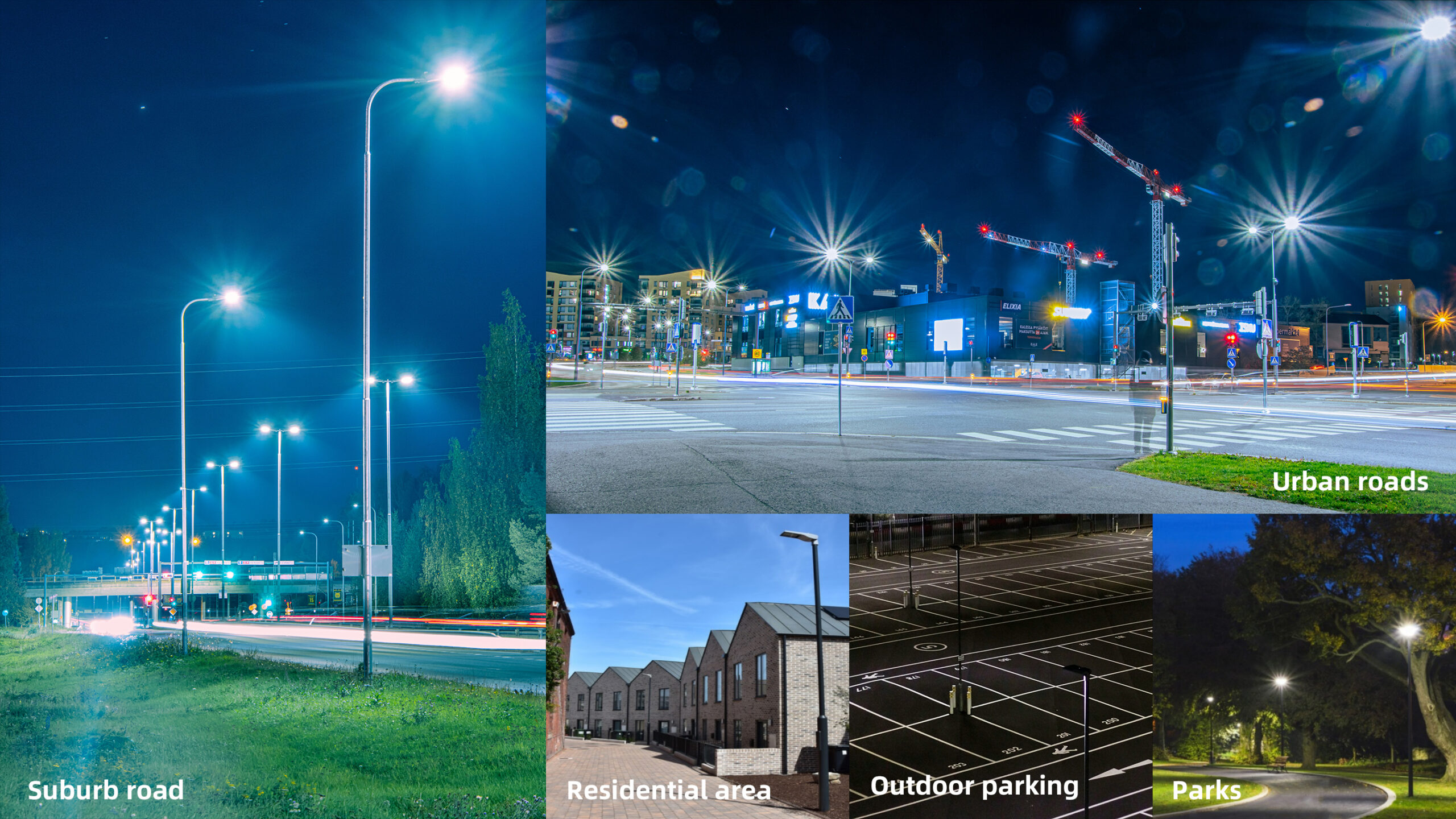
LED road and street lighting design are integral to urban infrastructure, safeguarding urban security, fostering economic growth, and enhancing residents’ quality of life. These elements are crucial in urban planning and traffic management, with key technical requirements encompassing:
Custom LED street lighting designs: Prioritizing even light distribution to enhance visibility and minimize glare and shadows. Tailoring LED street lighting custom solutions by adjusting beam shape and distribution to suit specific LED road lighting design needs.
Energy-saving Technology: Incorporating energy-efficient solutions like LED street lighting solutions, intelligent control systems, and optical devices to reduce energy consumption. LED technology offers efficiency, longevity, and adaptability, with intelligent control systems dynamically regulating lighting intensity and duration to meet energy-saving objectives.
Environmental Protection: Designing custom LED street light systems with a focus on reducing light pollution and environmental impact. Utilizing appropriate beam control and optical devices to minimize upward light scattering, mitigate interference with astronomical observations and wildlife, and preserve the ecological balance.
Reliability and Durability: Ensuring custom LED street light project solutions demonstrate durability and reliability, operating seamlessly across diverse climatic conditions with a long-term performance guarantee. Selecting weather-resistant materials, implementing proper thermal design, and adhering to stringent quality control measures to ensure stable system operation.
Intelligent Management: Leveraging intelligent management systems for remote monitoring, adjustment, and maintenance of LED street lamp designs. Enhancing management efficiency and operational stability through features such as light control, time control, and motion sensing, enabling dynamic lighting adjustments based on real-time data.
Safety and Operability: Prioritizing safety and ease of operation to facilitate installation and maintenance, mitigating potential risks to pedestrians and vehicles. Upholding the safety and reliability of custom LED street lighting solutions to ensure uninterrupted service.
Implementing custom LED street lighting designs is necessary in enhancing road safety, comfort, and sustainability, thereby promoting the sustainable development of cities and improving residents’ quality of life. Mason addresses these needs with its unique series of custom LED street lights, designed for versatile applications across highways, city roads, country roads, streets, parks, and outdoor parking lots, exemplifying a commitment to comprehensive urban lighting solutions.
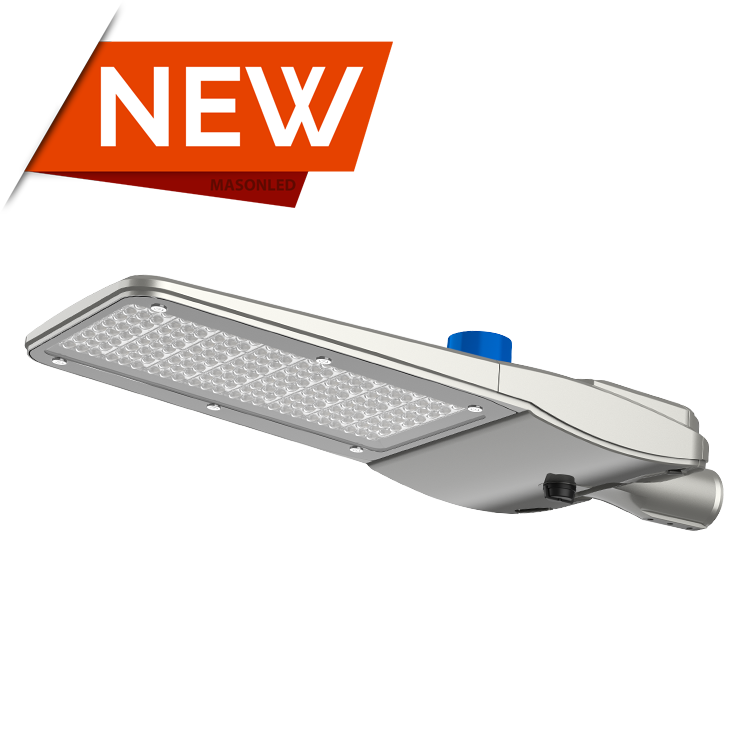
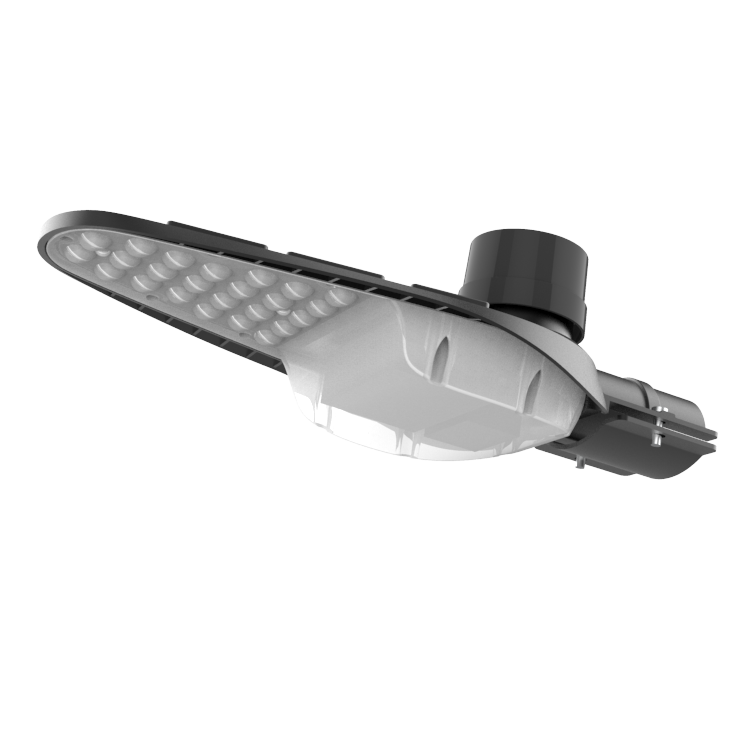
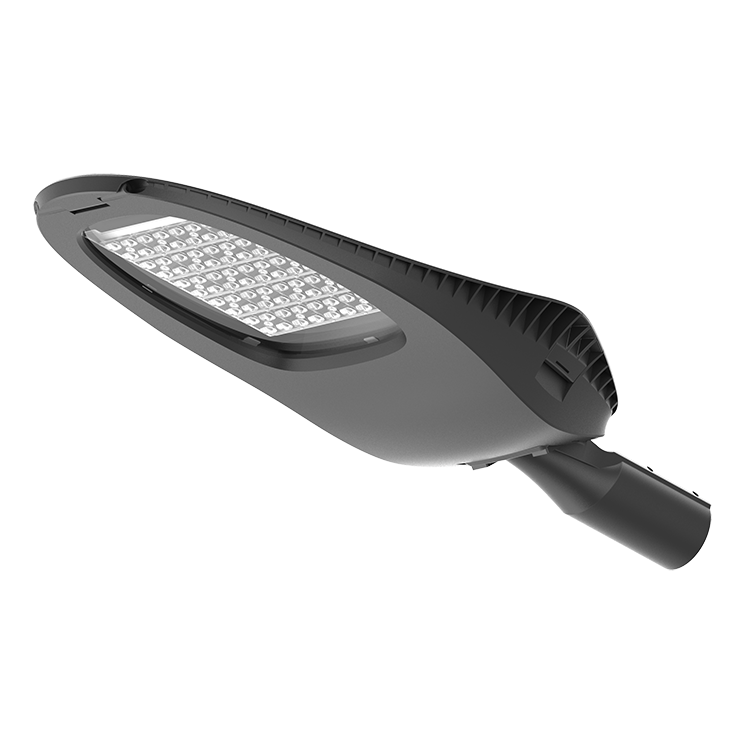
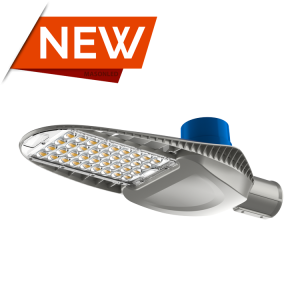
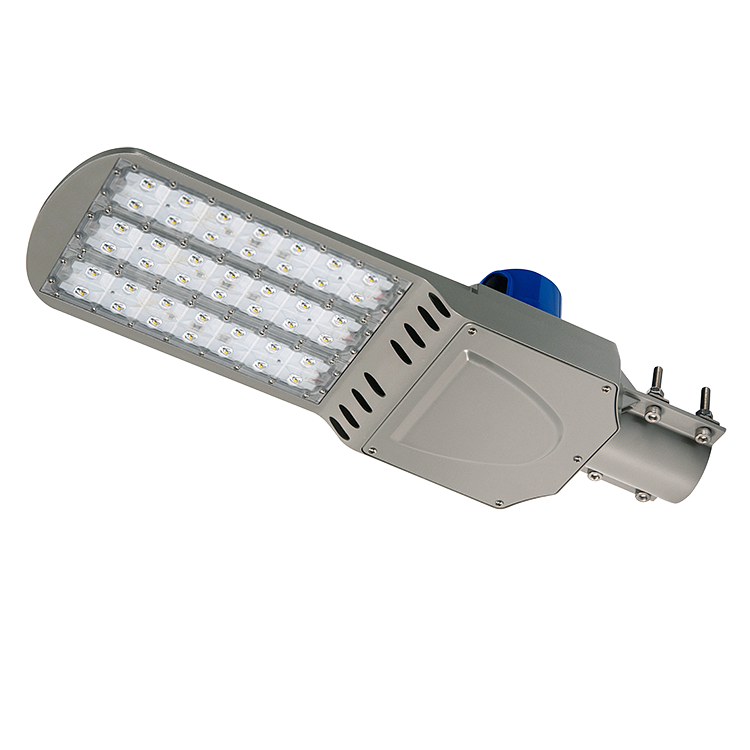
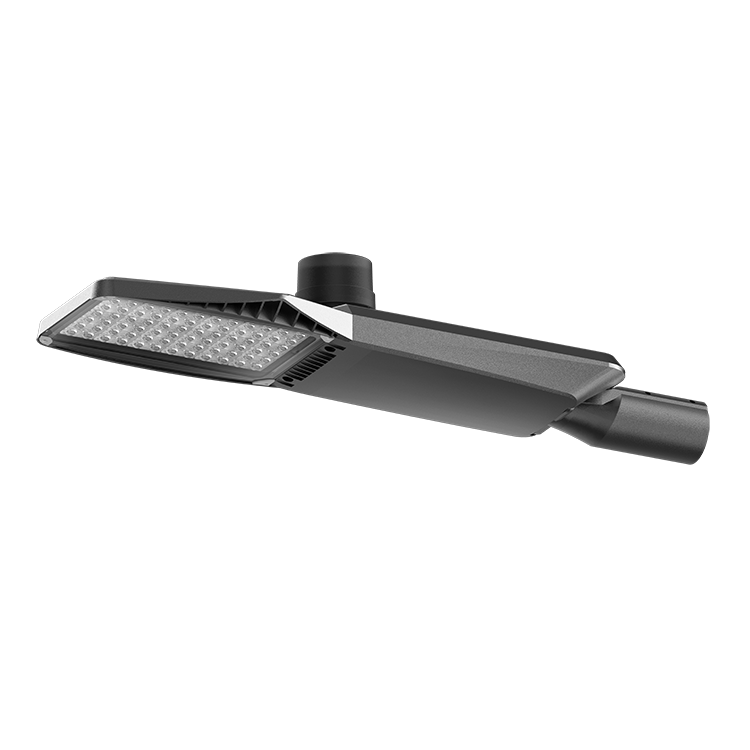
To achieve a comprehensive LED street lighting solution, the optical design of street lights must carefully consider various factors, including road requirements, environmental concerns, safety, intelligence, and aesthetics. Here are key considerations for optimal LED road lighting design:
1.Precise Light Distribution: Utilize LED chips’ small light source characteristics to precisely control light direction, crucial for achieving even light distribution. Secondary optical design can optimize the light distribution curve of LED street lamp designs,ensuring uniform illumination on the road while enhancing lighting efficiency and reducing light pollution.
2.Optimized Light Pattern Design:Effective custom LED street lighting designs demand a rectangular light pattern from street lamps, covering the road precisely while minimizing light pollution outside the road area. Asymmetric freeform secondary optics facilitate this precise light distribution, simplifying LED street light design, heat dissipation, and power supply control, thereby improving overall lighting effectiveness.
3. Asymmetric Free-form Surface Secondary Optical Elements: Incorporating asymmetric free-form surface secondary optical elements allows direct realization of rectangular light distribution on a single LED module. This design simplify custom LED street light solutions, heat dissipation, and power supply control while enhancing lighting efficiency.
4.Hybrid Reflector Optical Structure: Designing a hybrid reflector optical structure and adjusting the deflection angle of each light source column achieves uniform rectangular light distribution for custom LED street light project solutions. This approach improves road lighting uniformity, minimizes areas of uneven light and darkness, and reduces visual fatigue and safety hazards for drivers.
5.Humanized Design: Address the needs of pedestrians and non-motorized vehicles by incorporating sidewalk and non-motorized lane lighting into the optical design. Ensuring safety for pedestrians and non-motorized vehicles at night enhances overall effectiveness of LED street lighting custom solutions.
By integrating these considerations into LED street lighting custom solutions, a comprehensive road lighting solution can be achieved, enhancing safety, efficiency, and aesthetics while minimizing environmental impact and optimizing user experience.
Utilizing optical simulation software during the project design stage is critical to ensuring the efficacy and efficiency of LED street lighting solutions. Here’s how to achieve optimization through simulation and analysis:
Simulation and Analysis: We use optical simulation software to predict the propagation path of light, which is vital for LED street light design. This allows us to anticipate light distribution patterns, ensuring even illumination on the road while mitigating light pollution. By simulating light behavior, we can fine-tune custom LED street light solutions according to your needs before production.
Design and Optimization:Using optical simulation software, we test various optical components like reflectors and lenses to analyze their impact on light distribution. We use the simulation results to continuously refine the design, striving to achieve the best lighting effectfor every projects. This iterative process allows us to continually optimize and ensure the best lighting performance for our LED street lighting designs.
Performance Evaluation: Optical simulation software assesses streetlight performance through illuminance analysis, brightness testing, and glare assessment. These evaluations are essential for helping you enhance the safety standards of your project.By scrutinizing performance indicators, we can refine the design to meet stringent requirements.
Cost Reduction: By using optical simulation software to detect potential design flaws early, we can minimize costly rework during production. This preventive design verification approach saves time and resources for your project, enhancing product development efficiency. Moreover, this proactive strategy significantly reduces manufacturing costs and accelerates the development of customized LED street light solutions.
By harnessing optical simulation software throughout the design process, designers optimize LED street lighting solutions, ensuring they meet actual lighting needs, comply with safety standards, and deliver cost-effective outcomes.

Our products feature bases compliant with zhaga and NEMA standards, integrating advanced functionalities such as light control, time control, motion sensing, and remote wired/wireless control. This enhanced intelligence not only optimizes energy usage and reduces operational costs but also streamlines lamp management for users. By aligning with modern urban lighting requirements, our products significantly elevate the intelligence level of street lights, enhancing efficiency and meeting the evolving needs of urban environments.
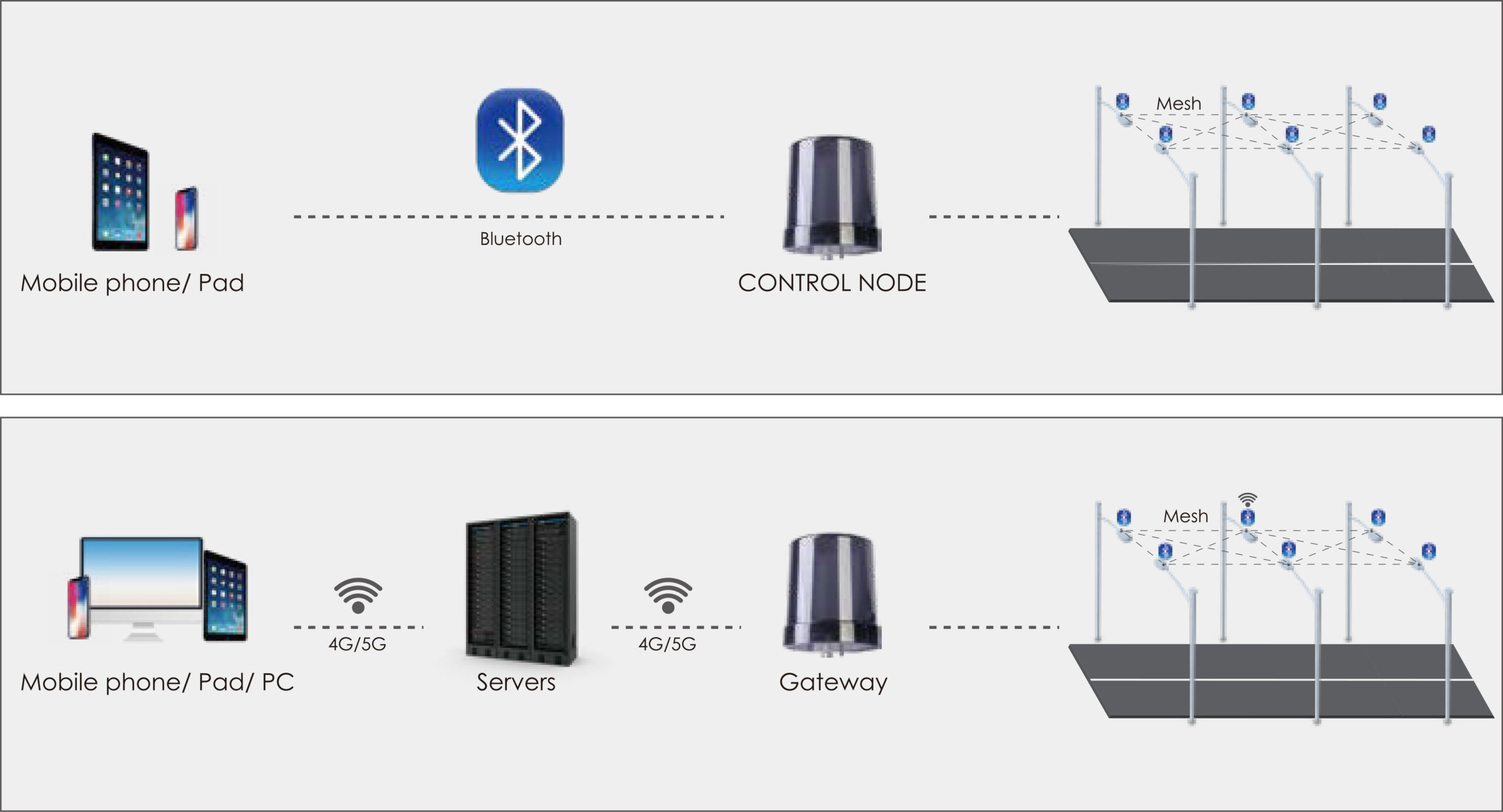
The concept of a smart city represents a paradigm shift in urban development, aimed at revitalizing government functions and fostering innovation in social management. By leveraging advanced technologies, smart cities aspire to enhance infrastructure intelligence, streamline public services, refine social management, improve ecological sustainability, and optimize industrial systems.
Smart management harnesses next-generation information technology to perceive, monitor, analyze, and integrate urban resources swiftly and accurately. It caters to diverse needs, including livelihood enhancement, environmental conservation, public safety, urban services, and commercial activities. Through this approach, smart cities cultivate green and harmonious environments while providing a broad spectrum of convenient and efficient services to the public.
As a pivotal component of smart city infrastructure, the smart light pole assumes significance in aligning with the overarching goals of smart city development. Serving as a multifaceted system, the smart light pole integrates IoT, cloud computing, and big data technologies. It functions as a modern urban lighting system while incorporating communication base stations, video surveillance, LED advertising screens, broadcasting capabilities, Wi-Fi access points, one-touch emergency calling, and charging stations. By integrating these features, the smart light pole emerges as a new public service infrastructure tailored to the evolving needs of smart cities.
With the senior talent R&D team and the rich experience in practical application, Mason has great advantage to provide customization service to global customer group. For both industrial and commercial areas, or in both normal lighting field and intelligent lighting field, Mason has successfully won some customized LED lighting projects with Metro LED product, Advertising LED product, Meat LED product, Refrigerator LED product in Australia, Germany, France and America etc.Mason has a senior talent R&D team and rich practical application experience, and has the huge advantage of providing customized services to the global customer base. Whether it is industrial or commercial fields, whether it is general lighting field or intelligent lighting field, Mason has successfully won the subway LED lighting products, advertising LED lighting products, road LED lighting products, warehouse LED lighting products, etc. in Australia, Germany, France and other countries. Customized LED lighting projects.
Mason has a team of skilled designers and engineers who have the expertise to conceive and develop innovative lighting solutions based on specific project requirements. Whether customizing an existing design or creating an entirely new product, Mason’s design capabilities ensure that customer specifications are effectively met.
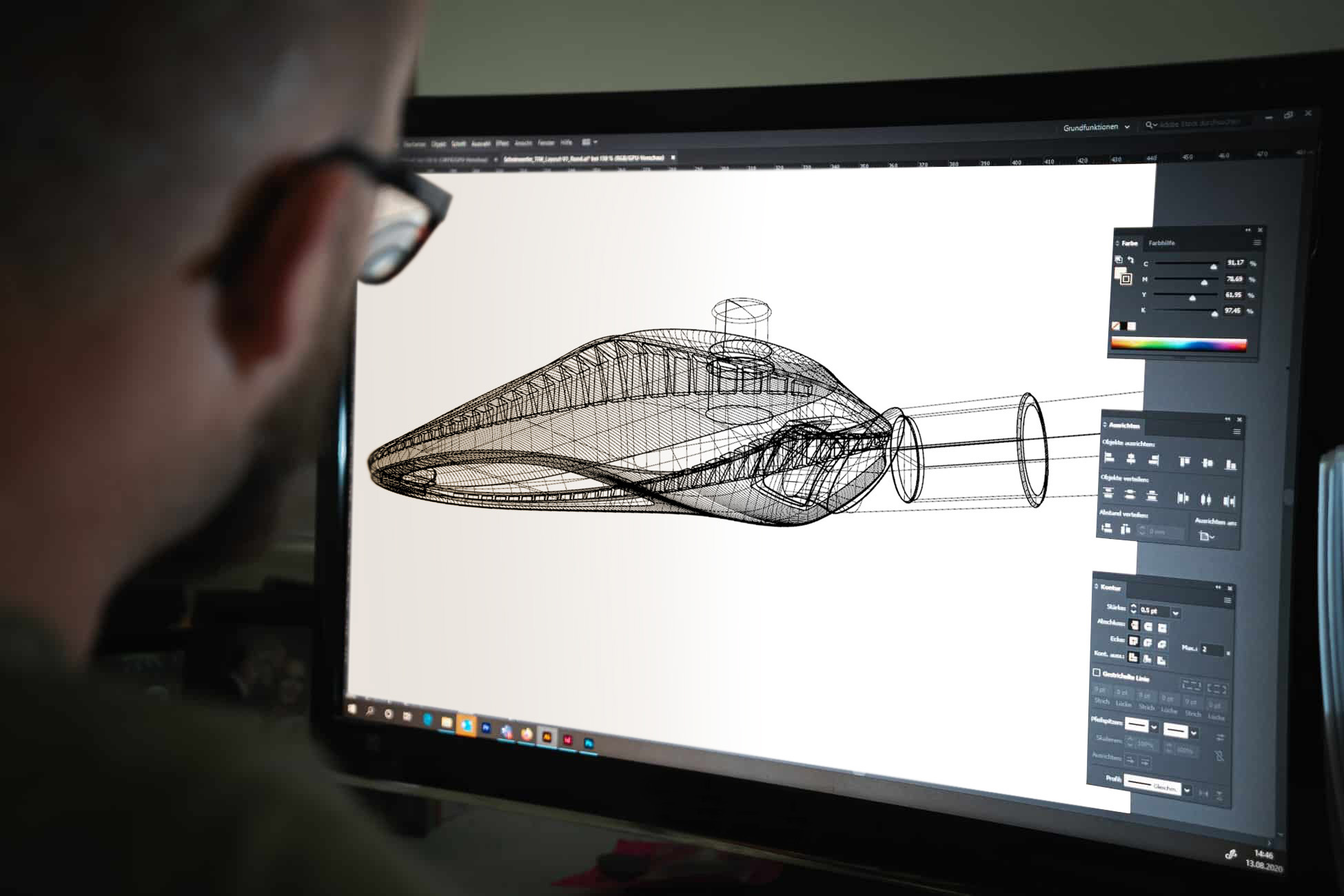
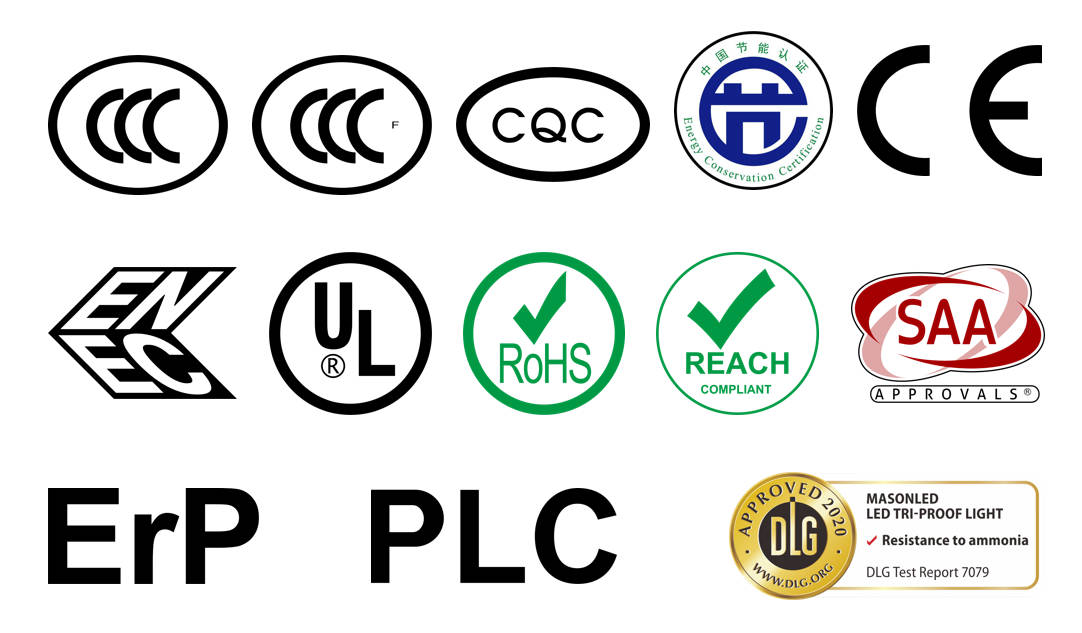
Mason understands that every project has unique requirements with flexible manufacturing processes and a commitment to custom LED street light project solutions. Mason tailors its products to meet customers’ specific needs, brands, and specifications. This flexibility extends to every aspect, including design, functionality, materials, and packaging.
Mason focuses on quality throughout the entire manufacturing process, ensuring every product meets the highest standards of reliability, performance, and safety. From design and material procurement to production and testing, strict quality control measures are implemented at every stage to ensure the consistency and excellence of the final deliverables.

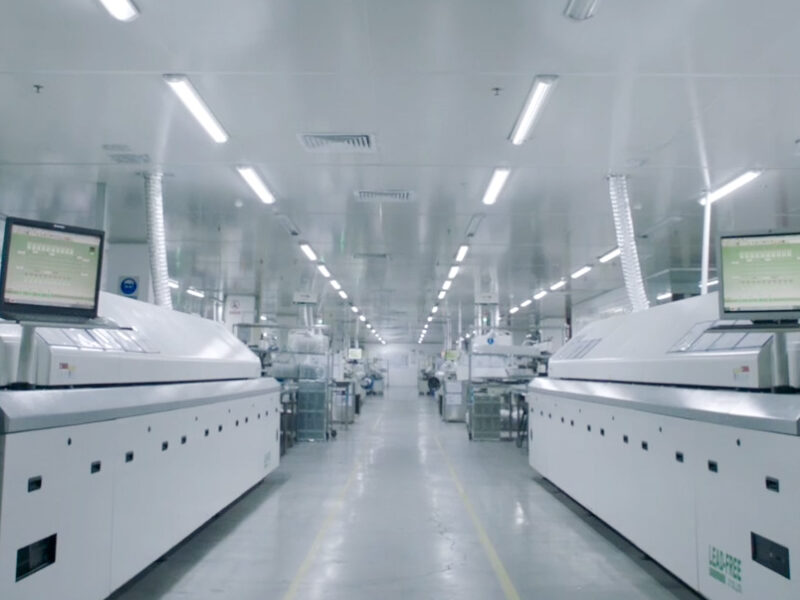
Mason’s well-equipped manufacturing facilities and efficient production processes enable it to handle projects of varying sizes and complexity. Whether it is small-scale customization or mass production, Mason has the ability to meet the needs of OEM and ODM projects.
Mason values partnerships with clients, working closely with them throughout the project lifecycle to understand their needs, preferences and goals. This collaborative approach ensures that client expectations are not only met but exceeded.


LED street light retrofit: Mason’s 180W LED Street Light At Mason, we’re dedicated to crafting top-notch LED lighting solutions that combine innovation with reliability. Today,

The Benefits Of Choosing Mason’s 100 Watt LED Street Light For Your Lighting Needs As a leading provider of LED lighting solutions, we at Mason are dedicated
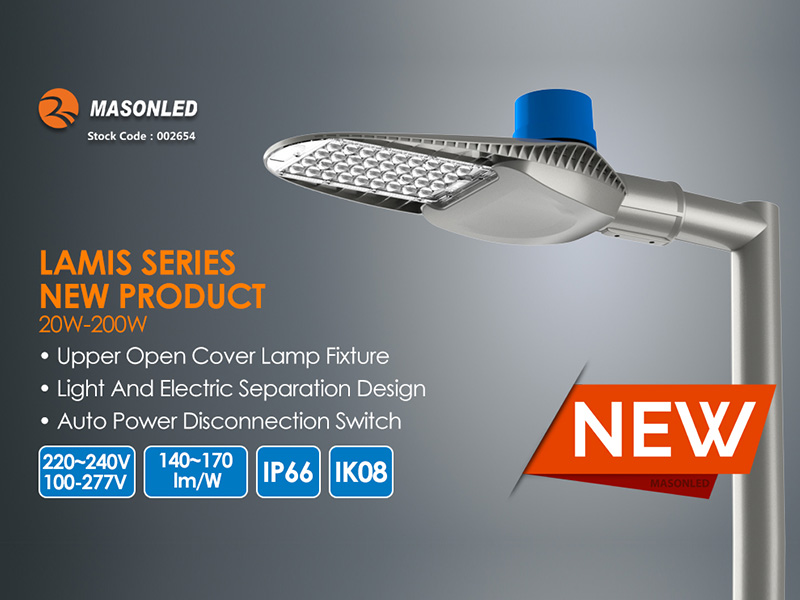
Why Mason’s LED Street Lights Are The Best Choice For Wholesalers As a wholesaler, you know that price and quality are two of the most
